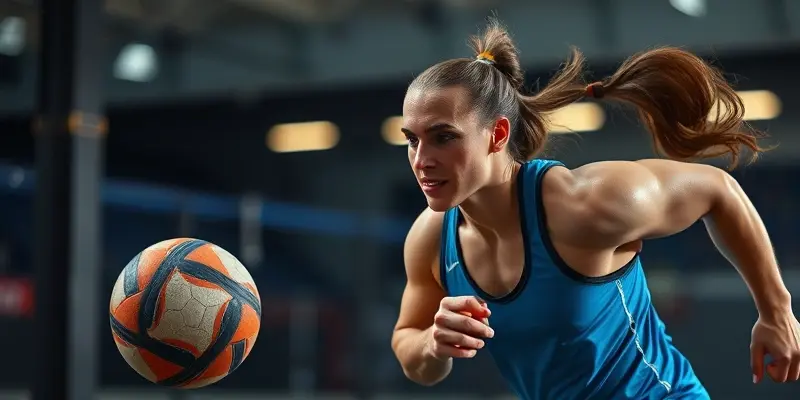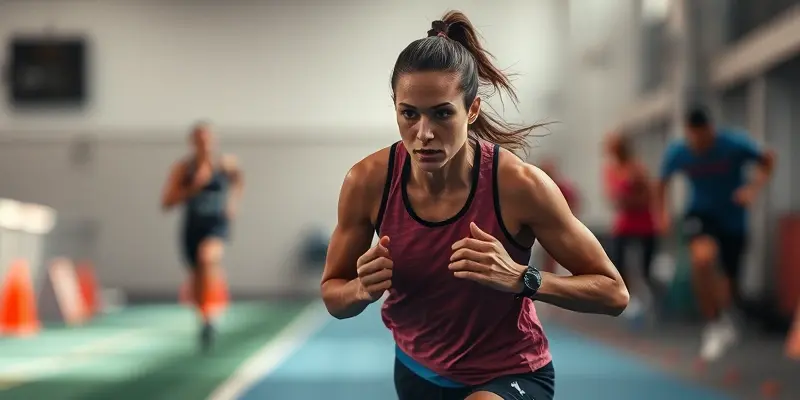Blog Post Outline and Plan
Introduction
- Hook: Discuss the importance of effective injury rehabilitation for athletes and fitness enthusiasts.
- Transition: Mention the holistic approach and evidence-based insights covered in the article.
Common Sports Injuries and Prevention Strategies
- Frequent Injuries: Describe common sports injuries like sprains, strains, and stress fractures.
- Prevention Techniques: Highlight warm-up, strength training, and gradual progression strategies for injury prevention.
Recovery: From Injury to Return
- Immediate Care: Explain the R.I.C.E. method for initial injury management.
- Rehabilitation and Therapy: Discuss structured programs, balance training, and functional exercises for recovery.
Internal Link: It’s crucial to follow structured programs during the recovery phase for optimal outcomes.
Nutrition for Faster Healing
- Key Nutrients: Provide information on essential nutrients for faster healing post-injury.
- Practical Tips: Offer guidance on post-injury diet and anti-inflammatory foods.
Tools and Gadgets for Rehabilitation
- Technology and Equipment: Introduce tools like compression garments and wearable devices for rehabilitation.
- Psychological Strategies: Discuss motivational techniques and coping strategies during rehabilitation.
Beginner-Friendly Recovery Guide
- Assessment: Emphasize the importance of consulting healthcare professionals for accurate diagnosis.
- Steps: Outline the R.I.C.E. method, early rehabilitation, gradual progression, and nutrition monitoring for beginners.
Evidence-Based Insights
- Preseason Conditioning: Highlight the benefits of preseason conditioning in reducing injury risk.
- Stretching: Discuss the role of stretching in injury prevention alongside warm-up and cool-down.
- Sport-Specific Programs: Emphasize the effectiveness of sport-specific preventive programs in reducing injury rates.
Conclusion
- Summary: Recap the key points of effective injury rehabilitation and the multidisciplinary approach.
- Call to Action: Encourage readers to consult healthcare professionals for personalized care and recovery plans.
This outline aligns with Google’s people-first content approach, ensuring readability, practicality, and reliability for fitness enthusiasts and athletes seeking injury recovery guidance.

